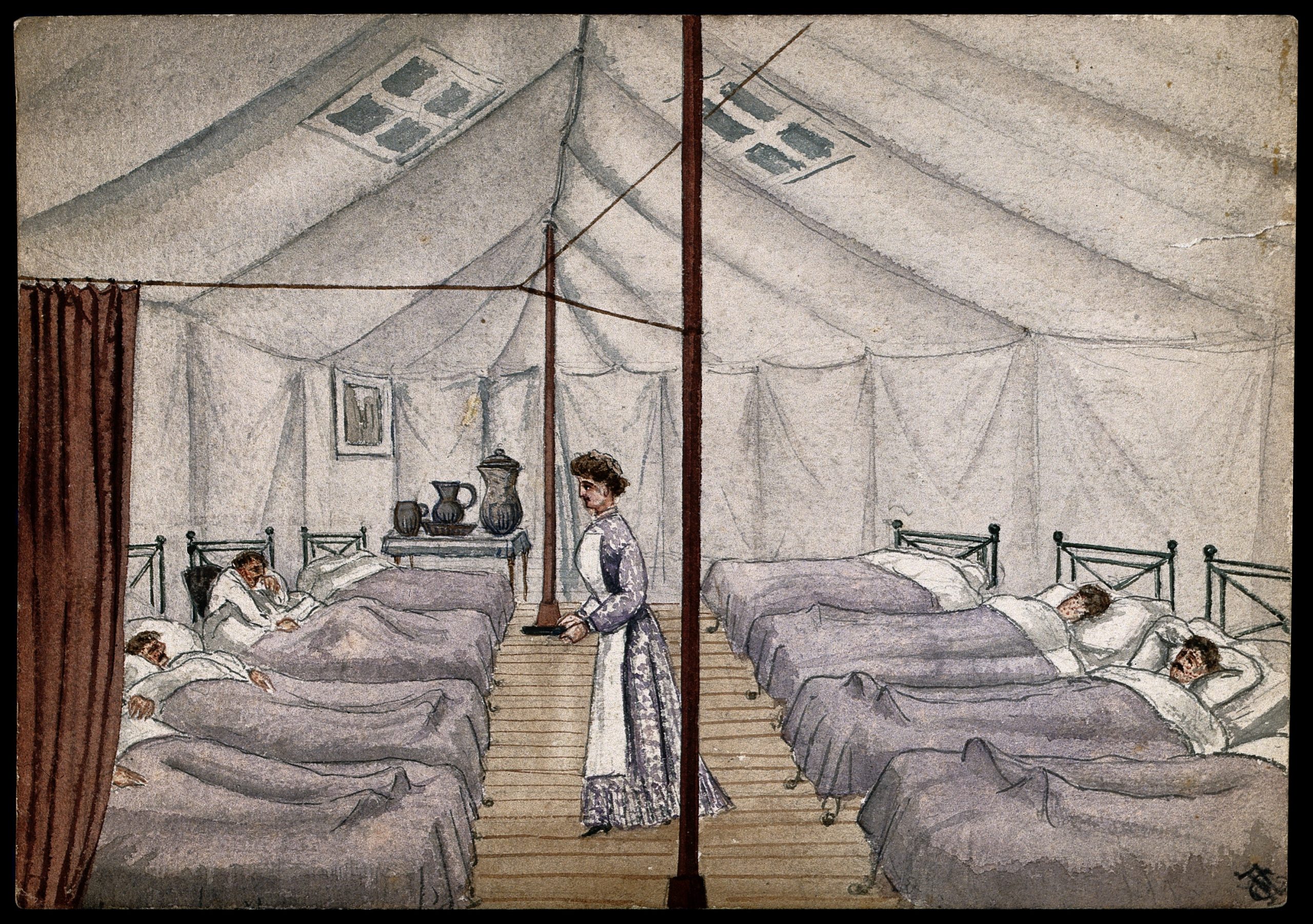
1894: Smallpox Outbreak at The Florrie
In 1894 an outbreak of smallpox in the building led to the closure of the Institute for two months whilst it was thoroughly disinfected, cleaned and re-painted, at a cost of £80, over £6,300 in today’s money!
Smallpox is a highly infectious disease, which spreads rapidly, especially in densely populated areas. Its symptoms are a rash, delirium, fever and sickness. It can cause blindness and death, and is one of history’s biggest killers.
Smallpox was endemic to most Western countries, and outbreaks had devastating results throughout the Victorian period, partly due to the fact it can survive for a week outside the body, so the Institute was right to take thorough precautions. Even Joseph Cunningham, the superintendent of The Florrie, caught the disease during the outbreak.
The outbreak impacted greatly on The Florrie’s activities, with only ten Saturday night entertainments given, and the suspension of the education programme: ‘Prior to the Institute itself being attacked, it was known that there was infection in the neighbourhood, and the Committee decided not to reopen the Wood Carving and Drawing Classes.’ In addition, there was no summer camp this year.
THE FLORENCE INSTITUTE
- 0151 728 2323
- info@theflorrie.org
- 377 Mill Street, L8 4RF
- We are open: 9am – 6pm Monday to Friday.
Registered Office: The Florence Institute Trust Ltd, 377 Mill Street, Liverpool L8 4RF. Charity Registration No: 1109301. Company Registration No: 05330850 (registered in England and Wales).
